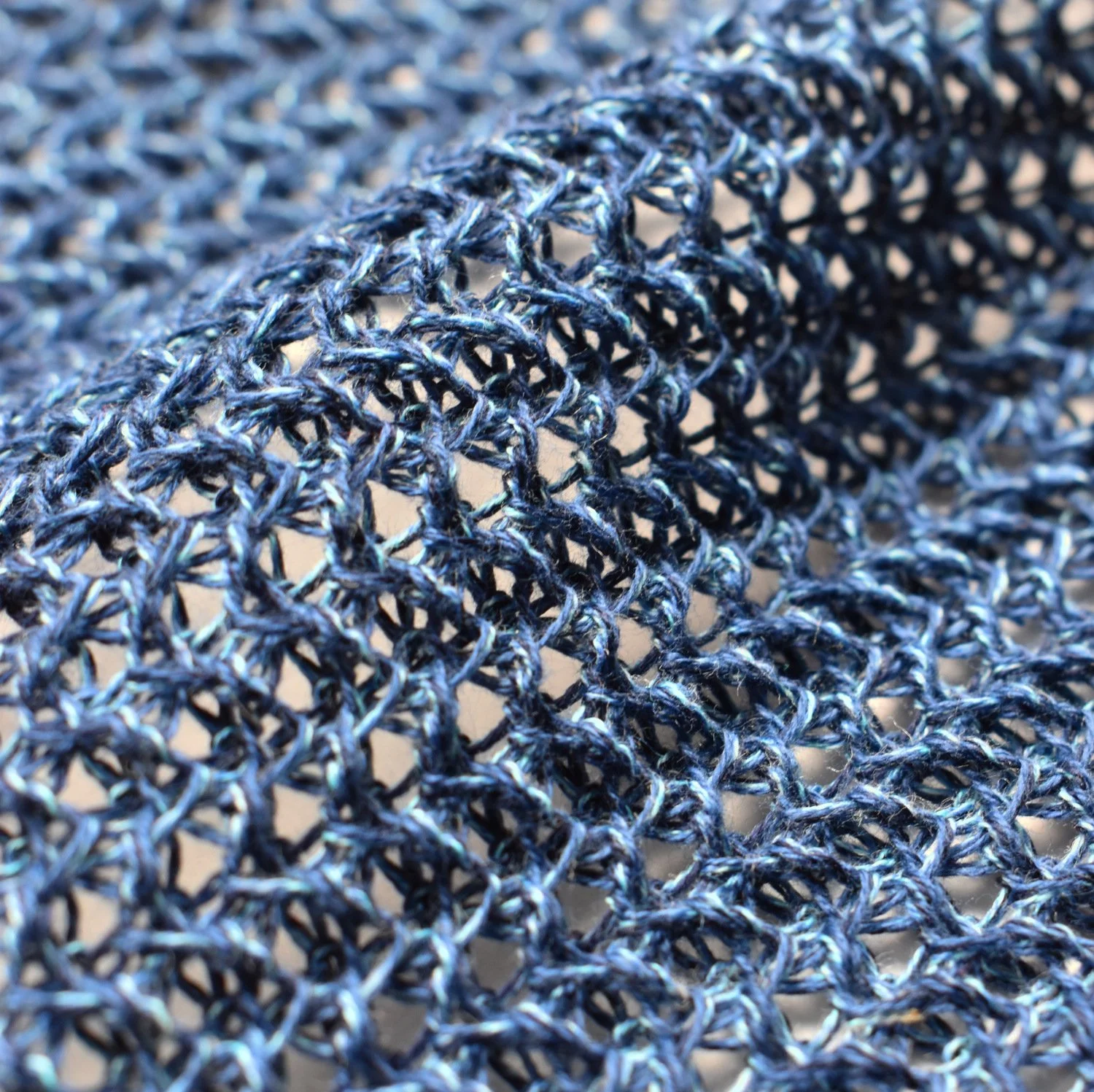KNITTING IN THE FAST LANE
Machine knitting, especially with the Kniterate
The Joy of Knitting with Two Beds
Over the years my thoughts on “starter” machines have changed. When asked by non-knitters, what's a good knitting machine to start with, I now recommend…
Inspiration or Iteration?
For me, inspiration most often happens when diving deeply into a particular technique, making a small modification, and asking the question, What would happen if…
Cotton vs Wool
Two swatches, same file, different look! I’m always amazed at the way the look of a machine-knitted stitch pattern will change simply by switching out the yarns.
More Racking, Please
Racking, or shifting one knitting bed laterally, can add visual complexity to double bed knitting. Racking changes the order in which the needles are knitted.
Yarns for Kniterate Knitting
Choosing the right yarn for a knitting project is essential. Your yarn influences the appearance, texture, and functionality of your project.
Finishing the Sweater
As promised, the last four steps of the sweater project are detailed here. But first, a review of the original plan.
My Kniterate Sweater Workflow
From inspiration to finished project, the way I work with the Kniterate differs little from the way I work with other machines.
An Even Better Tuck
Back when I wrote “A Good Tuck” followed by “A Good Tuck, Part 2”, I thought I was done talking about tuck operations for a while. But there have been updates to the Kniterate design app and compiler.
Revisiting Double Jacquard
Although textures and intricate stitches are my true favorites, I spent a couple of weeks earlier this year revisiting double jacquard on the Kniterate knitting machine.
Textile Challenge Recap
At a first glance, one might think I've taken up designing knitwear for dolls on the Kniterate.
“My Kniterate is Here! Now What?”
Based on the most common issues I’ve heard, I’ve provided a little quick guidance for anyone who’s set up the machine but can’t manage to get the knitting started.
A Good Tuck, Part 2
Tuck stitches can be created on any type of machine — manual, punch card, and electronic machines. They are often used in combination with other techniques.
A Good Tuck
Fabrics made with tuck stitches are typically wider and shorter. Knitting tuck loops on a needle over several rows will create added depth. With different color feeds, they can be a great way to hide and reveal colors.
About a Hat
With double jersey jacquard, I consider this hat a Kniterate special. I first made this pattern in the 80s on a Studio Bulky 8 machine.
Kniterate Plating and a Sweater
Plating is a wonderful effect I never seem to use often enough. It’s also a very easy technique with the Kniterate.
Converting a Knitted Lace Chart For the Kniterate Design App
As far as converting a hand knitting chart to instructions for the Kniterate, it pretty much depends on how complex the stitch pattern is and…
Unexpected Swatches
Both of these swatches were knitted on a Kniterate. Each was a surprise in its own way. As I see it, unexpected swatches fall into two categories.
A Little Lace
“Lace is composed of three elements: openings, lines, and solid areas,” state Susanna Lewis and Julia Weissman in A Machine Knitter’s Guide to Creating Fabrics.


















